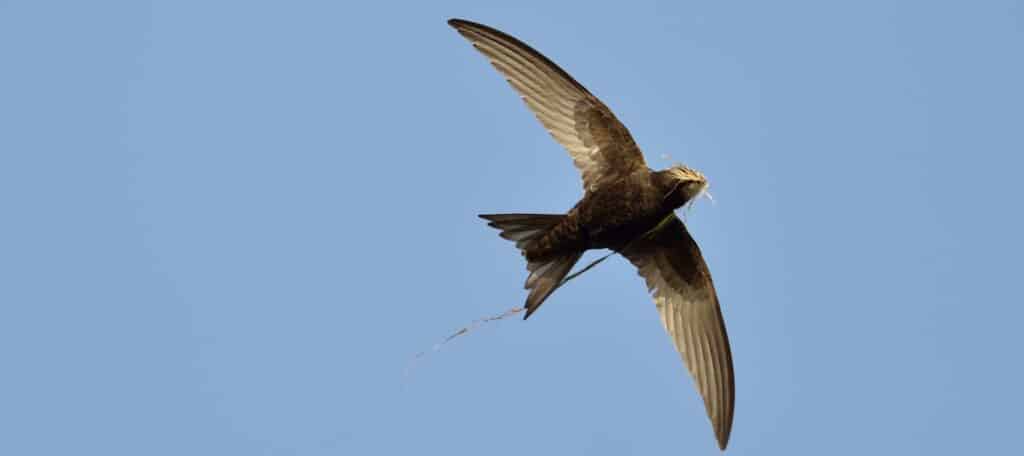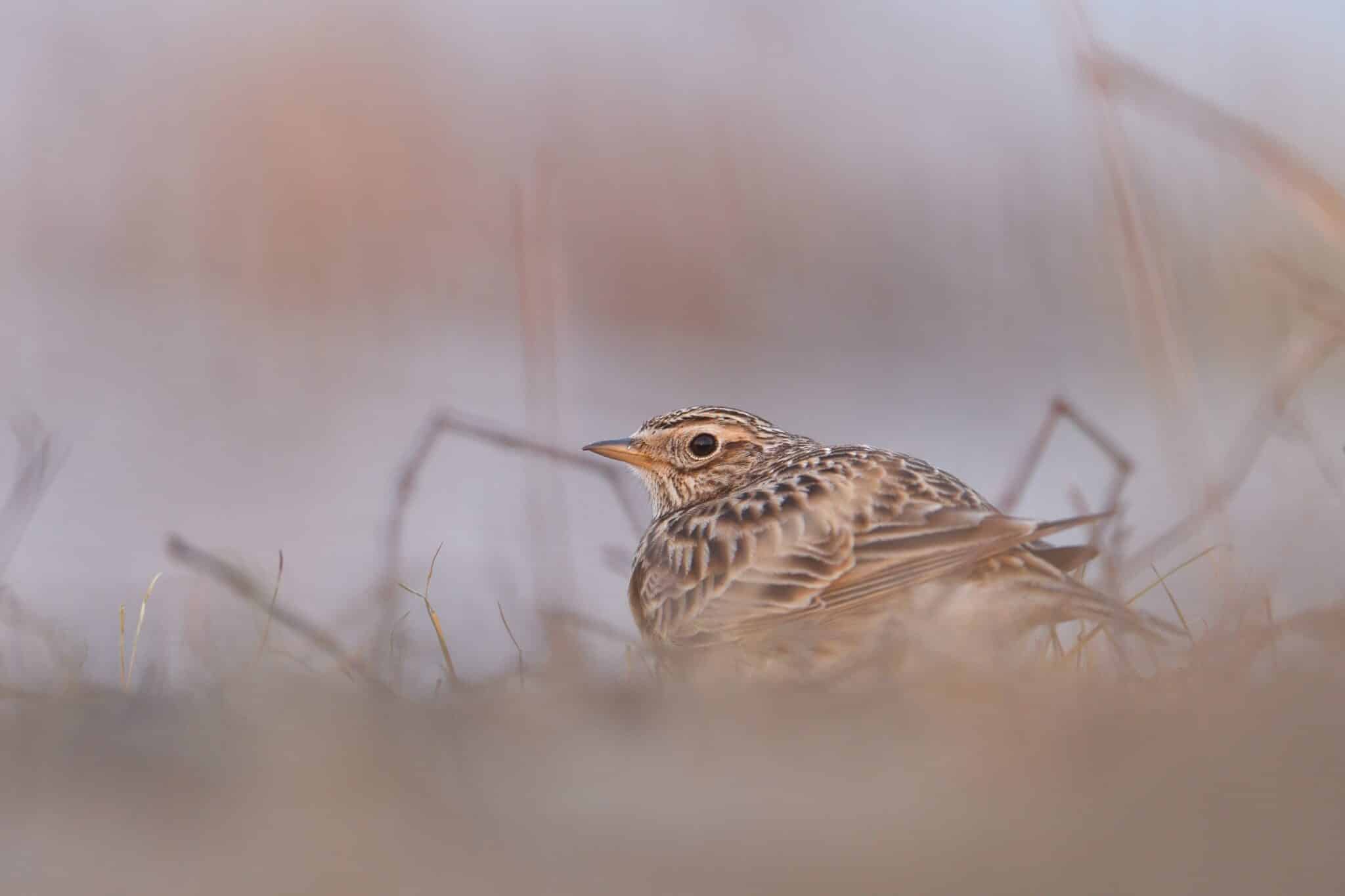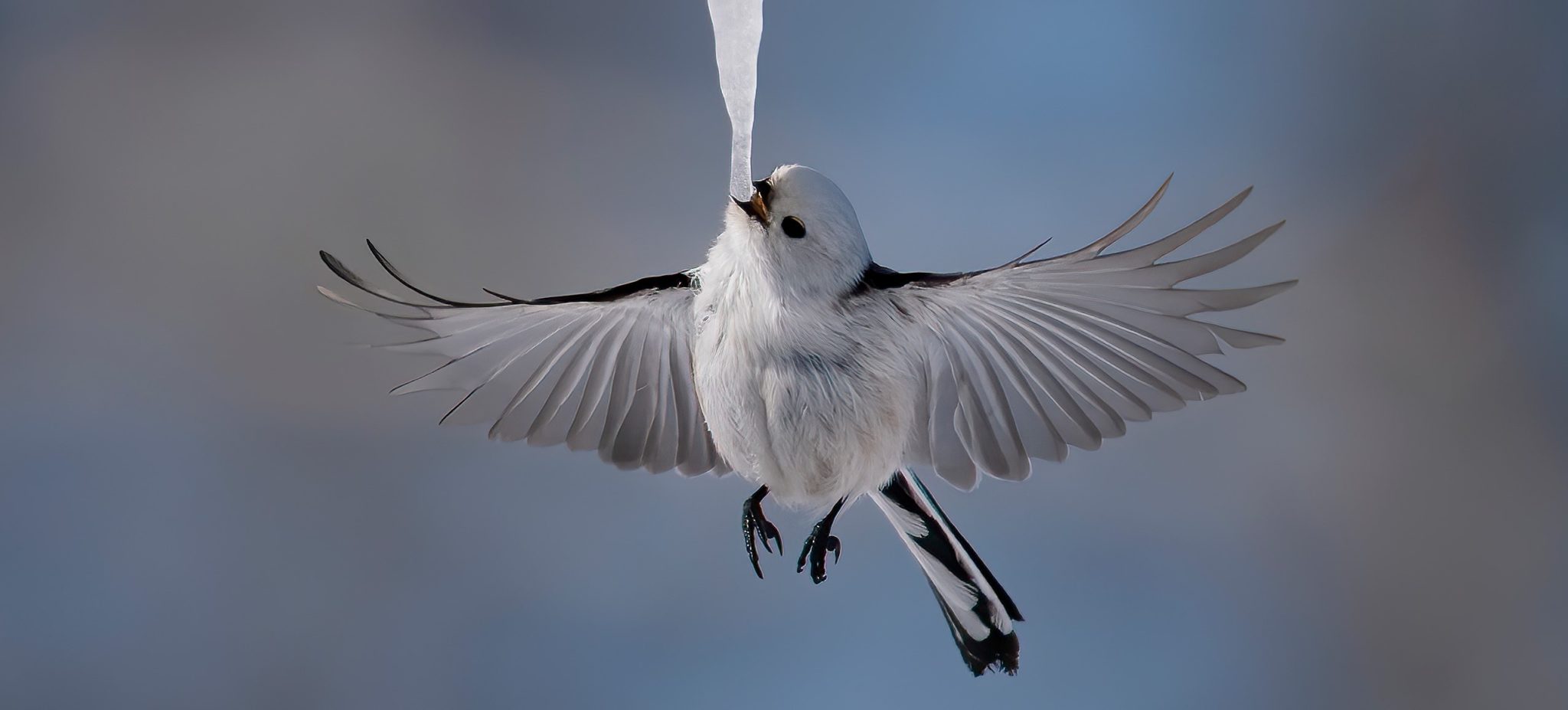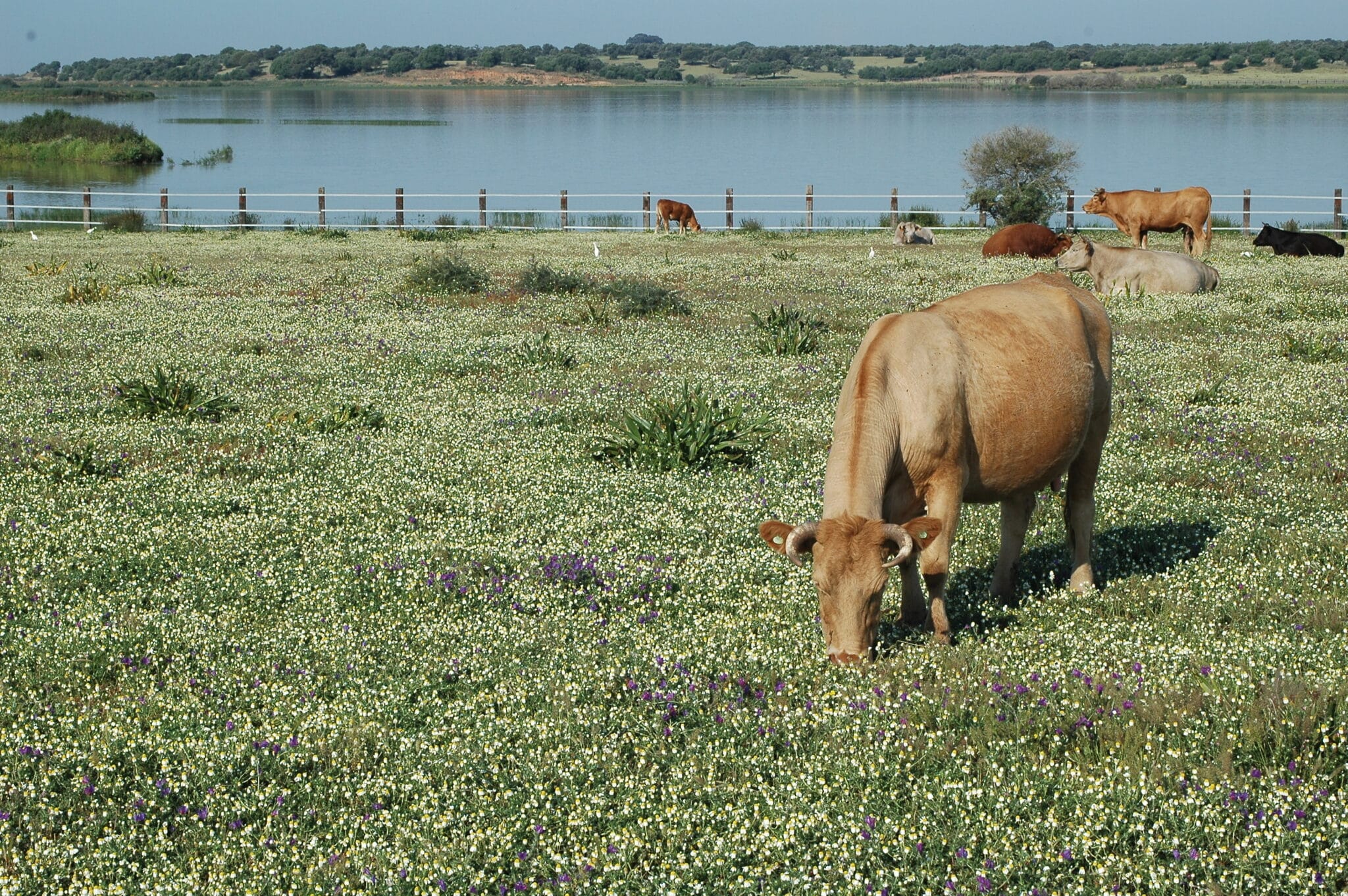Policy outlook 2023

Brace yourself, the new year is here! Below, you’ll get a taste of what 2023 has in store for nature in Europe and what the BirdLife team will be working on.
By Caroline Herman
Will 2023 be the year of a historic law to restore nature?
After the European Commission published the proposal for the EU Nature Restoration Law last June, the discussion has now moved to the European Parliament and the Council. If all goes well, the final agreement could be reached by the end of 2023. The BirdLife Partnership will continue to work together to make sure history is made with a progressive law.
In the second quarter of 2023, the Commission will conduct a mid-term review of the Multiannual Financial Framework (MFF). The European Parliament has called on the Commission to propose a revision of the MFF, in order to reallocate money to address the biodiversity and climate crises. With the recent COP15 agreements and the proposal for the Nature Restoration Law, it is crucial to put forward a fund for nature.
A pesticide-free new year’s resolution?
The future of the Sustainable Use Regulation (SUR), which aims to halve the use of pesticides in Europe by 2030, has suddenly become uncertain. Precisely on the day that a new, ground-breaking agreement was reached at COP15, EU countries unanimously decided that additional research must be carried out before approving the law. This means that our fight to have an ambitious SUR will continue in 2023. If an agreement is not reached before the next Parliament election in May 2024, the urgently needed overhaul of our flawed pesticides legislation will be delayed by years, with disastrous consequences for nature, health, and our ability to produce food in the long-term.
On the 1st of January, the new Common Agriculture Policy (CAP) entered into force. Our latest report demonstrates that Member States are largely opting for the bare minimum of environmental requirements in their agricultural plans. The ‘new’ CAP seems set to mostly look like the old CAP. We will closely follow the implementation of the CAP Strategic Plans nationally.
What’s more? In the second half of the year, the Commission will publish its integrated nutrients management action plan (INMAP). The excessive use of fertilisers in agriculture leads to the release of harmful greenhouse gases, pollutes our water and soil, and has dire consequences for biodiversity. This action plan will contribute to the design of a future EU law. The Commission will also propose a Sustainable Food Systems Framework Law with the aim to integrate sustainability into all food-related policies in the EU. This could, among other things, ensure that food served by public bodies like school canteens is less harmful to the planet and people’s health.
New (bio) energy
The trialogues on the Renewable Energy Directive (REDIII), the legal framework for the deployment of renewable energy across the EU, will continue and the new directive should be adopted in the first half of 2023. It will then be translated into national laws and national pluriannual programmes on energy. BirdLife will continue its work to put an end to the greenwashing of “bio”energy, and to stop cutting down forests for energy.
The polluter needs to pay
The Environmental Liability Directive is meant to implement the polluter pays principle by ensuring that companies that harm the environment pay for the clean-up (instead of taxpayers). It entered into force in 2007 but has proven to not be adequate to protect the environment. BirdLife calls on the Commission to urgently revise this Directive.
A sea of possibilities
In early 2023, after almost 2 years of delay, the Commission will finally publish its EU Action Plan to conserve fisheries resources and protect marine ecosystems. In May 2020, the Commission committed to developing this plan to increase fisheries’ selectivity and to reduce the bycatch of sensitive species. BirdLife will follow the publication and implementation of this Action Plan to make sure that Member States address the harmful impact of fisheries on marine ecosystems and ensure fisheries comply with our EU and international biodiversity and climate commitments by 2030.
In early 2023, the Commission will also publish a new strategy for the energy transition of the fisheries and aquaculture sector. This future strategy should pave the way for a just transition to low-carbon fisheries and ensure those sectors play their part in the solutions to reaching carbon neutrality by 2050. Together with the Action Plan, this new strategy will feed into future communication on the functioning of the Common Fishery Policy. We’ll be vigilant to avoid misuse of energy efficiency as an excuse for further subsidies driving already unacceptable levels of overfishing.
Later this year, the Commission will finalise the evaluation of the Marine Strategy Framework Directive, the law that is supposed to ensure the health of our seas, and set out guidelines for the future impact assessment and its potential revision after 2024.
3,2,1 … Start!
It’s clear BirdLife will have its talons full this year! There will undoubtedly be a number of surprises and challenges, but together with our Partners, we are ready to continue our never-ending fight to save and restore nature.
Cover pciture: Common Swift (Apus apus) – Yves Adams
You might also be interested in:
 | Stichting BirdLife Europe gratefully acknowledges financial support from the European Commission. All content and opinions expressed on these pages are solely those of Stichting BirdLife Europe. The European Commission is not responsible for any use that may be made of the information it contains. |









